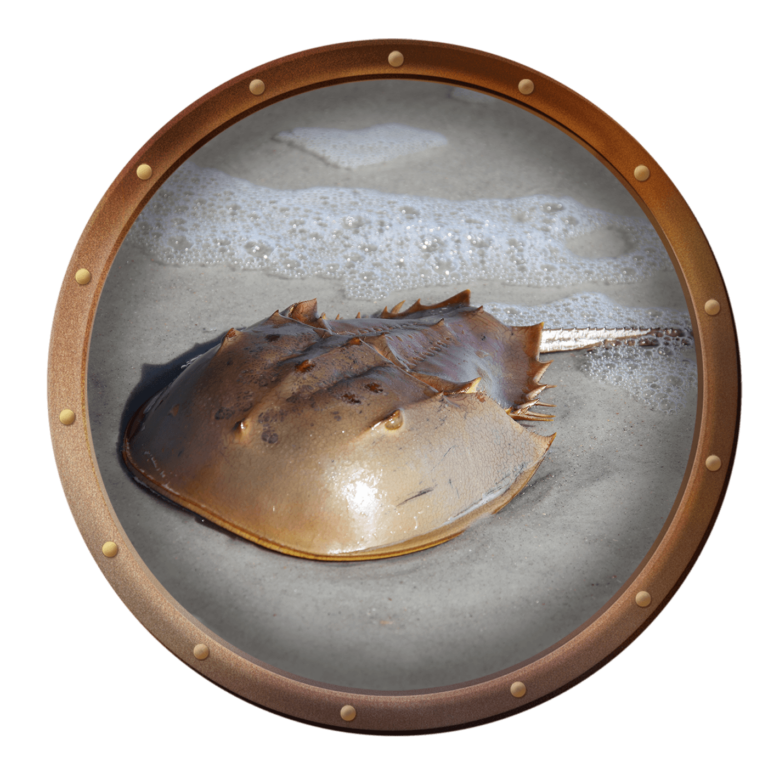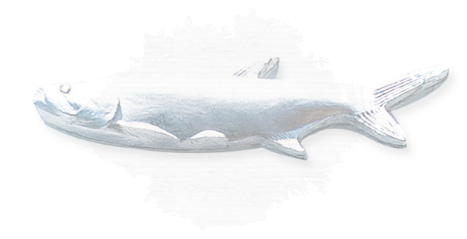With fossils dating back to nearly 350 million years ago, it’s hard to believe that our favorite shoreline friends were once crawling across the ocean floor while dinosaurs were around. These sea creatures have adapted to their ecosystems over the eons and remained unchanged. Their unique biology and life cycle play a crucial role in the marine ecosystem, making them a species of significant ecological importance.
Their flexible exoskeleton (made of chitin) has acted as unscathed armor, resulting in survival where even the mightiest dinosaurs were wiped out due to significant events causing extinction.
Architecture of a Horseshoe Crab
The architecture of a horseshoe crab is unique. Its body is comprised of three parts: prosoma (head), opisthosoma (central area) and telson (tail). The prosoma contributed to the name of this species and is derived from its resemblance to a horseshoe. The telson is instrumental in assisting the crab to flip itself over, as they can be easily turned onto their back. As dangerous as the telson may look, it is not toxic or used as a weapon by the crab, just as a maneuvering tool. Horseshoe crabs have several pairs of eyes. The two main sets are two large compound eyes on top of the prosoma and a pair of simple eyes at the front of the prosoma. The eyes on top are sensitive to polarized light, magnifying sunlight 10 times. The front eyes can sense ultraviolet light from the moon.

There are multiple eye spots that are located under the prosoma and continue down the underside of the tail. It is theorized that horseshoe crabs used to travel on their backside. Horseshoe crabs have “book” gills — small flaps resembling the pages of a book — that extract oxygen from the water. If their gills stay moist, horseshoe crabs can stay out of water for up to four days.
Horseshoe crabs have no jaws or teeth. Their mouth is composed of spiny bristles that feel similar to toothbrush bristles. They have five pairs of legs to guide food such as razor clams, soft-shelled clams, and marine worms into their centrally located mouth.
Late Spring and Early Summer
In late spring and early summer (May and June), horseshoe crabs arrive on beaches during the high tides of full and new moons to lay their eggs. To lay eggs, the female crawls up to the water line on the beach with a male attached. The male uses modified claws as clasps on the female’s shell to attach himself as the female drags him around during spawning. Several other males may arrange themselves on and around the attached pair while spawning to contribute to fertilizing the female’s eggs. A female may have five or more males trying to mate with her in a single egg-laying episode. On the beach, the female crab partially buries herself into the sand. All at once, she deposits about 4,000 tiny green eggs. In one evening of egg laying, a female crab can lay several egg clusters and may spawn repeatedly over several nights to lay 100,000 or more eggs.

It takes two to four weeks for the eggs to hatch. The larvae will then travel from the beach to the water during a high tide. The appearance of the larvae is comparable to miniature adult horseshoe crabs without tails. Newly hatched horseshoe crabs spend their first few years on the tidal flats. The older they get, the farther from shore they move. Adults spend the winter in deep bay waters and off-shore areas, but as spring approaches, the crabs move toward the beaches to prepare for spawning.
Multiple Molts to Grow
Horseshoe crabs, with their hardy shells, undergo multiple molts to grow. In their first year, they molt six times, and it will take another 18 molts to reach sexual maturity. Females may molt more to reach a larger size, as they are generally larger than males. Once they are sexually mature, which takes at least nine years, they won’t molt ever again. When a male crab completes his final molt, his first set of claws modifies into a boxer-glove shape, which he uses to clasp onto the female for spawning. Adult crabs may live another eight to 10 years, making the total life span of a horseshoe crab as long as 20 years, a testament to their resilience and longevity.

Fun Fact
Surprisingly, horseshoe crabs are more closely related to spiders and scorpions than true crabs.

